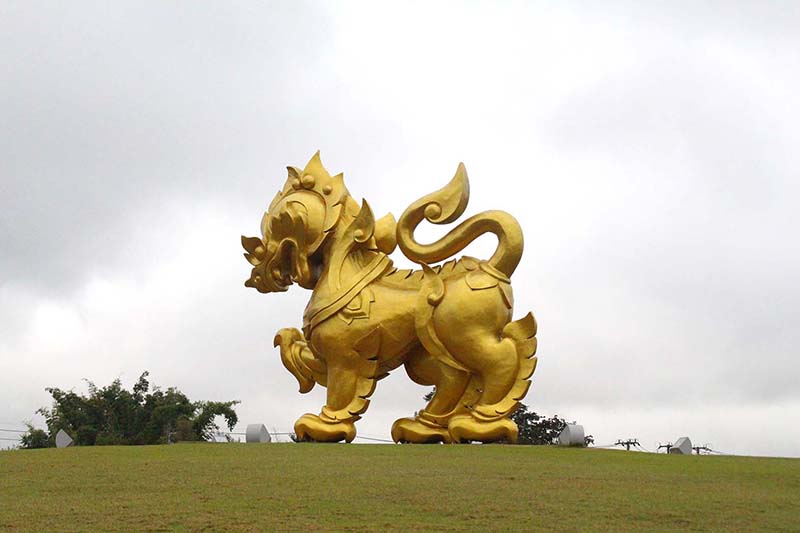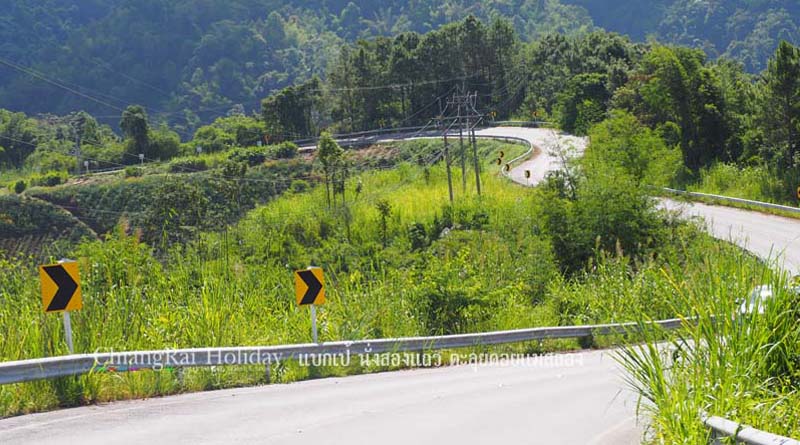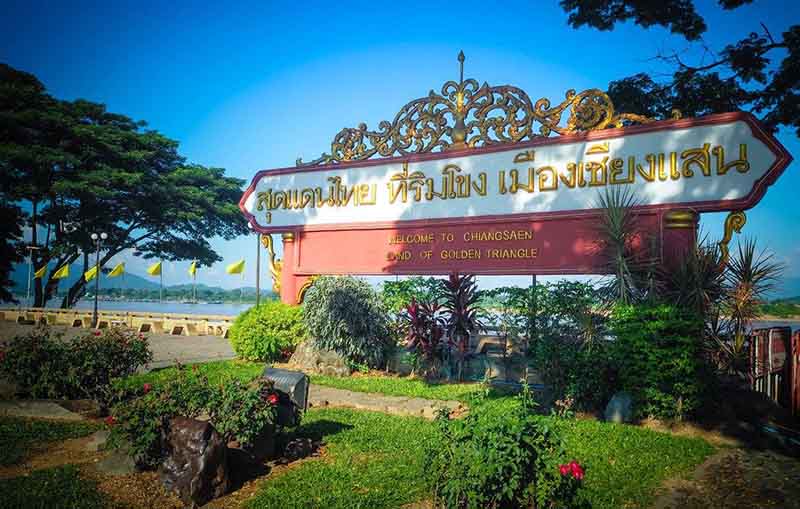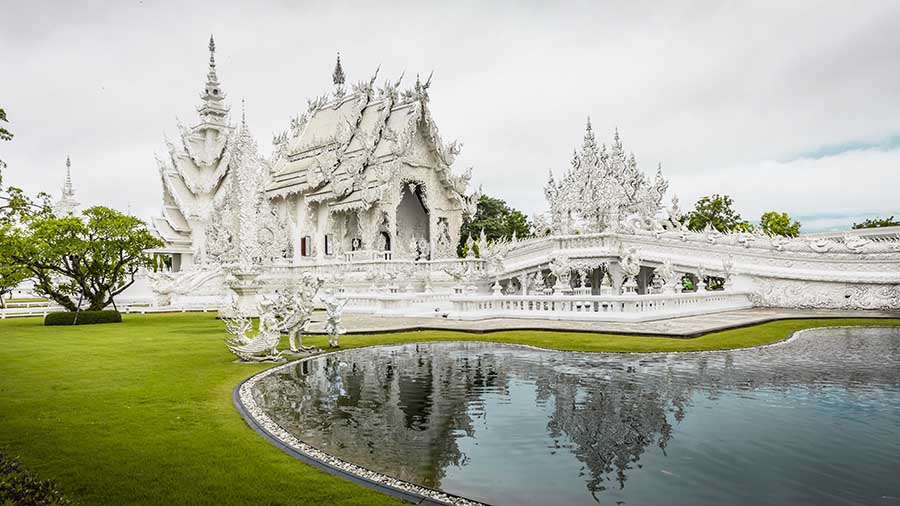Wat Rong Khun, popularly known as the White Temple, is a stunning example of how tradition and modern art can coexist. It is located in the tranquil surroundings of Thailand’s Chiang Rai Province. This recognizable Buddhist temple has gained notoriety as a landmark, luring tourists from all over the world to behold its transcendent beauty.
A Quick History of Wat Rong Khun:
Wat Rong Khun was built as a continuous artistic endeavor and was founded by renowned Thai artist Chalermchai Kositpipat in 1997. In contrast to conventional temples, this masterpiece displays a singular fusion of conventional Thai architecture and cutting-edge aesthetic features.
Amazing architectural feats
The White Temple’s beautiful facade, which is embellished with fine white plasterwork, mesmerizes spectators. A touch of grandeur is added by the mirrored glass mosaic detailing, which reflects the sunlight in a stunning show. With its elaborate carvings and symbolic sculptures, the main ubosot, or meeting hall, serves as the center of attention. Each component weaves a timeless narrative with great meaning.
Spiritual and Symbolic Meaning:
Visitors pass the cycle of rebirth as they walk across the bridge leading to the temple, which is symbolized by the outstretched hands below the bridge. Everything about it is symbolic, from the guardian statues at the door to the interior celestial murals. Buddhism and modern art work together to provide a special environment for reflection and spiritual contemplation.
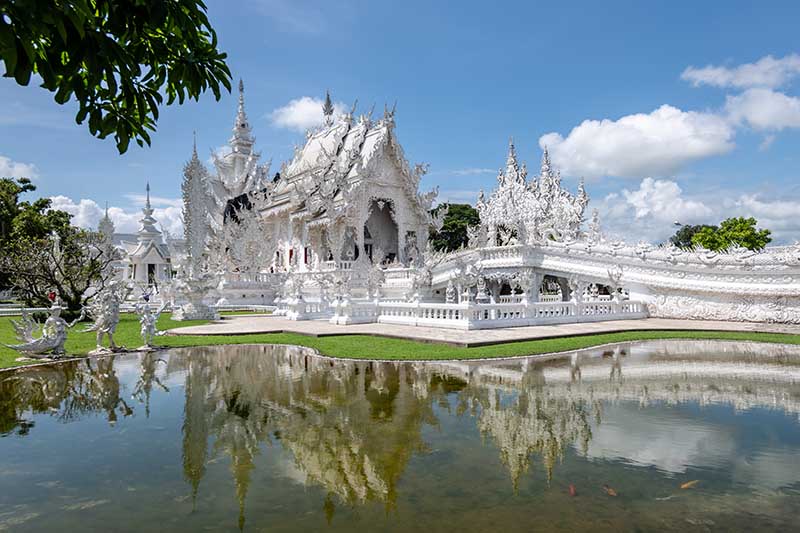
Currently Active Artistry:
The unusual sculptures and murals inside the temple show how Chalermchai Kositpipat’s imagination transcends categorical limitations. In order to transmit timeless moral teachings, the artist makes use of prominent icons from contemporary pop culture, such as superheroes and movie characters. The spiritual experience provided by Wat Rong Khun is made more intriguing by this contrast of the old and new.
Reconstruction and on-going Creation:
In 2014, a significant earthquake caused significant damage to areas of Wat Rong Khun. However, a thorough restoration effort was made possible because to the artist and the community’s tenacious nature. The temple’s continuing renovations and rebuilding represent the eternal search for spiritual enlightenment and the transience of all things.
visitor encounter
Beyond its magnificent architecture, Wat Rong Khun offers guests an experience that changes them. Reflection is encouraged by the peacefulness of the surrounding gardens, the aroma of incense, and the soft hum of prayer. Visitors frequently spend hours wandering around the temple complex, taking in the fine intricacies and reflecting on the important ideas represented in the artwork.
Impact on Culture and Recognition:
Wat Rong Khun has developed beyond its status as a place of worship to become an international cultural phenomenon. It has drawn art fans, spiritual searchers, and curious travelers alike thanks to its inclusion in several travel guides and movies. The temple’s influence on the neighborhood and the fabric of Thai culture is immense.
Keeping the Legacy Alive:
There are ongoing efforts to conserve Wat Rong Khun’s cultural and aesthetic history as it continues to change. A tribute to the commitment of those responsible for the temple’s stewardship is the delicate balance struck between upholding the holiness of the building and allowing for the flourishing of artistic expression.
Conclusion:
Wat Rong Khun is a symbol of how tradition and modernity can coexist peacefully. For individuals looking to embark on a transformative journey, it is a must-visit location due to its ethereal beauty and profound meaning. In the center of Thailand’s Chiang Rai Province, this famous temple is still a source of spiritual illumination and creative inspiration.

